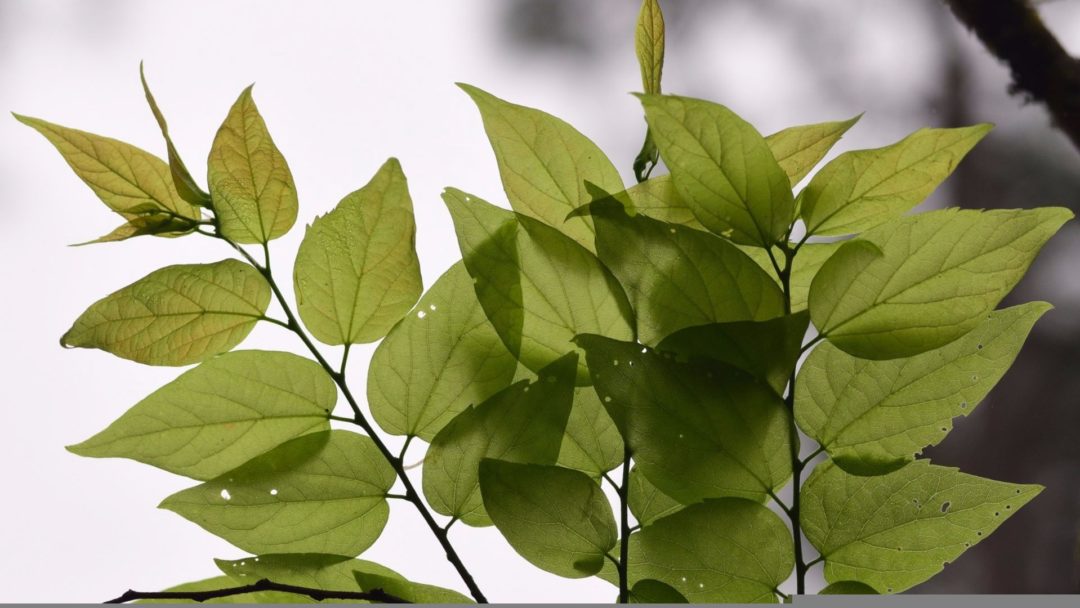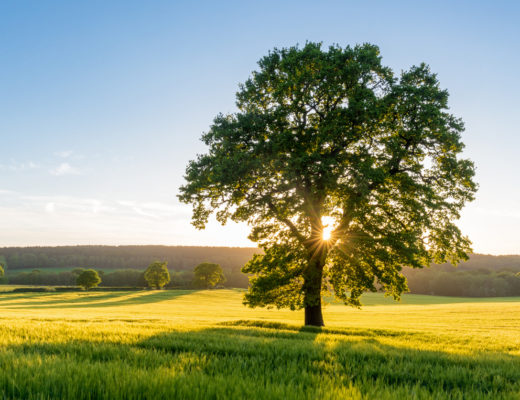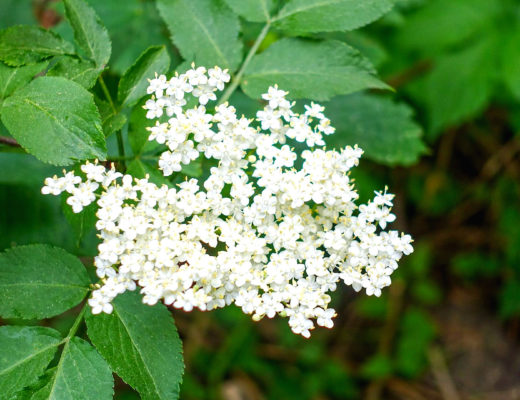Celtis occidentalis
The hackberry has appropriately been called, “one tough tree.” Colonists had enough other trees to choose from that they didn’t pay much attention to the hackberry trees. They found them scattered throughout forests rather than in solid stands. The quality of the wood relegated its use mostly to barrel hoops. On the drier plains, it was used along with any other wood that could be obtained for flooring and other parts of the homestead. The first colonists paid it the indignity of calling it ‘hagberry.’ This was either mistaken identity or because they found it similar to the wild cherry species by that name in Scotland. The tree eventually became the ‘hackberry.’
This tree has some unique characteristics. The bark resembles warts on young trees and changes into ridges as the tree matures. Witches’ brooms are also common among hackberry trees. Witches’ broom is a disease where a dense cluster of branches grows from a single point, often resembling a broom or bird’s nest. These deformities are often a cause of stress formed from tiny mites and a powdery mildew. Although they may not be attractive to look at, witches’ brooms don’t pose as a threat to trees.
The hackberry produces small, dark-red berries that turn purple as they mature. Inside is a pit, that when scraped clean, reveals an interesting net-like pattern. The fruit of the hackberry is popular with winter birds, especially the cedar waxwing, mockingbird, and robin.
Today, the status of the hackberry is much higher, although still not appreciated by many who select and plant trees. it has a combination of attributes that make it suitable for planting in harsh settings, whether in a windbreak on the Great Plains or a park in New Jersey (hardiness zones 3-9). It has a growth habit that resembles elm (without elm’s susceptibilities to disease), and its berries and leaves serve a wide variety of wildlife. Hackberry is also an excellent choice for the energy and water conscious landscaper. It offers a combination of dense summer shade that cools houses, and an open winter crown that allows passage of the sun rays to provide natural warmth during cold season. It’s tolerance to drought eliminates the need for watering once the tree is established.





I have 2 large hackberry trees, they survived the -30-degree winter only to have their early leaving killed by a late April frost, now it’s mid-May and now no sign so far of recovery, will there be one, I hope so.
My 10 year old hackberry got run over by a truck in winter. It didn’t break. It spring right back up. It looks like it’s going to bud right now, if it does, my god this thing is resilient and tough.
My Hackberry made it through a MINUS 35 degree winter here in Northern Iowa-one tough tree indeed! I fully agree with the author that this is an under-appreciated species. I have worked in the tree industry for over 20 years, and although gaining respect in municipal applications, this one seems to fly under the radar of consideration for most home-owners. As eluded to in the article, the name “Hackberry” does not lend itself well to the marketing crowd.
This is 10 times the tree vs. many of the over-planted and, shallow rooted maple cultivars on the market today. But alas, I think the name keeps it from being appreciated in the marketplace.
I LOVE my tree and couldn’t find anyone who knew what it was. My neighbor had an app and I found out it was a Hackberry Tree. It is sooooo hardy. It has survived many ice storms. I would plant another one if I had room.
Is this variety different from the hackberry which is so prominent in north Texas? Around Dallas, we have an abundance of trees referenced as “hackberry” but they do not bear fruit. The leaves look the same as in this photo, but the Dallas hackberry has What I refer to as small dried seed pods on the leaves. These trees do not flower or produce fruit, but local arborists and natives called them hackberry. They do not grow in south Texas, I’m told because the soil alkalinity is different than north Texas. We have a great “hackberry” shade tree in our back yard. Locals refer to them as “trash trees”, I don’t understand it because I love ours. My main point is to inquire about is if this is the same type of hackberry, since it doesn’t bear fruit. Thanks.
We are preserving two large hackberries for shade when we build our house near Greenville SC. both have approximately two foot diameter trunks with a spread of about 40 feet. Never seen any this large before! Lovely filtered shade and color. It is truly an underrated tree.
I have a blackberry tree in my yard that the owner of a local tree removal company estimated is 130 to 135 ft tall. I’ve tries to get it looked at by local arborist to see if it would be the tallest known in my city, but there’s been no interest. Have you heard of one this tall? It’s behind a tall poplar and likely has grown tall fight for sunlight
Hackberry, not blackberry.
That’s quite tall. Hackberry trees grow 100+ feet in prime sites. We don’t have records of champion trees, but it could be worth looking into. Best of luck.
I am so excited; I found a hackberry tree on our land. Looking for another
You certainly have a tall one! However, the national register of big trees names a hackberry in Ohio as the national champ. It is 90 feet tall, but the champion trees are based on a combination of height, spread, and trunk circumference . The one in Ohio is an impressive 286 inches in circumference and has a crown spread of 89 feet.